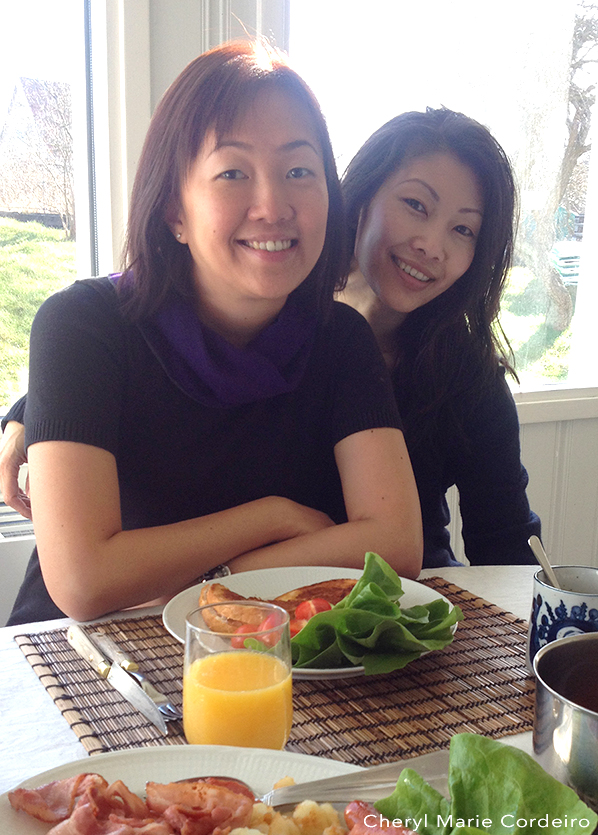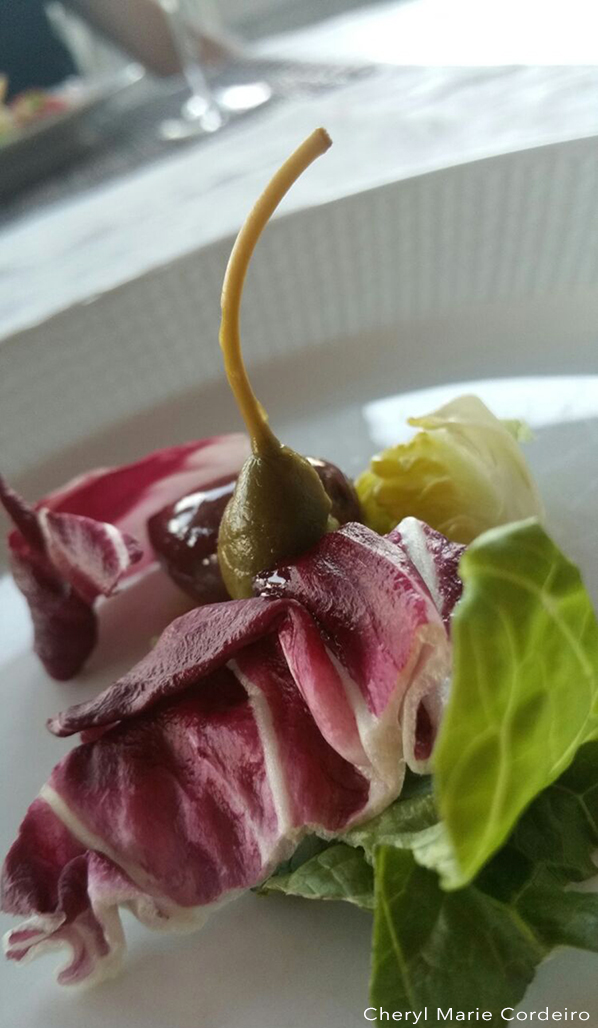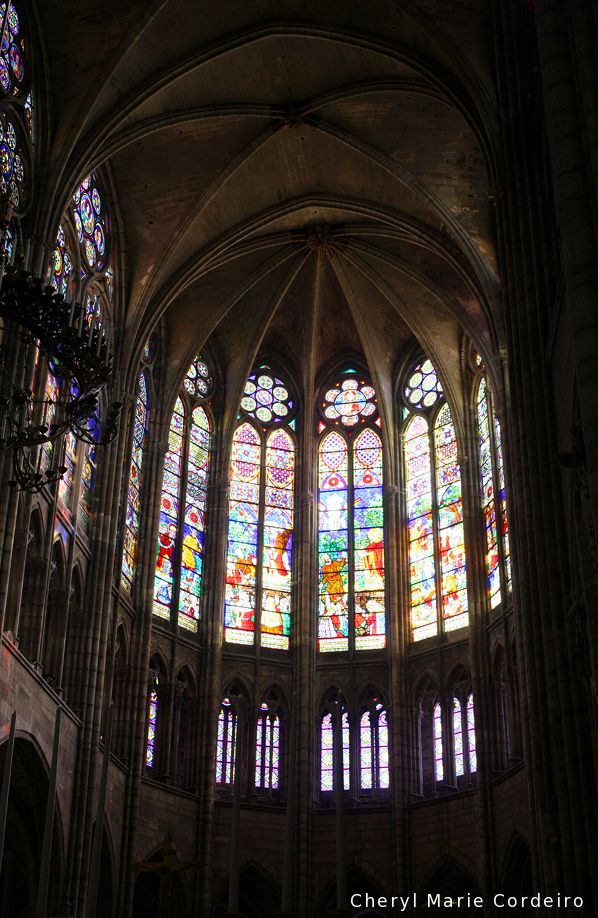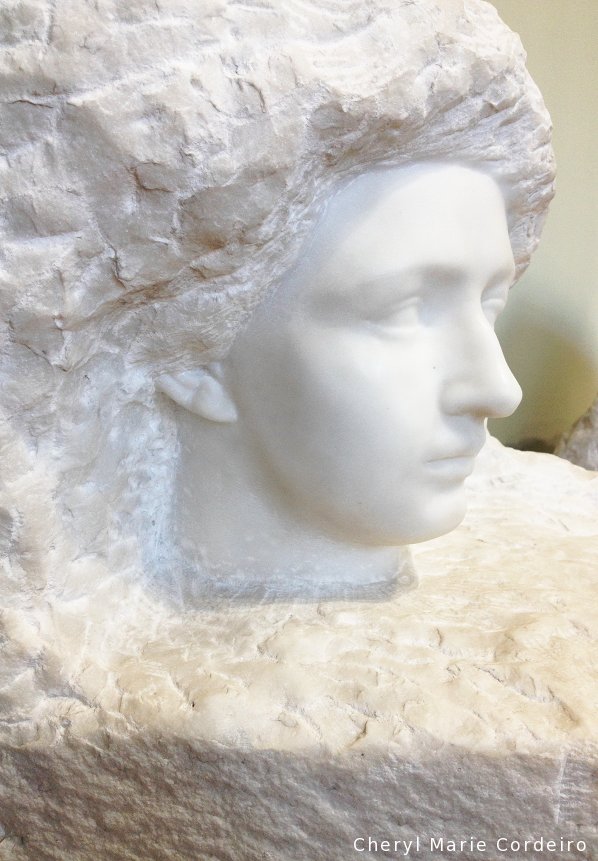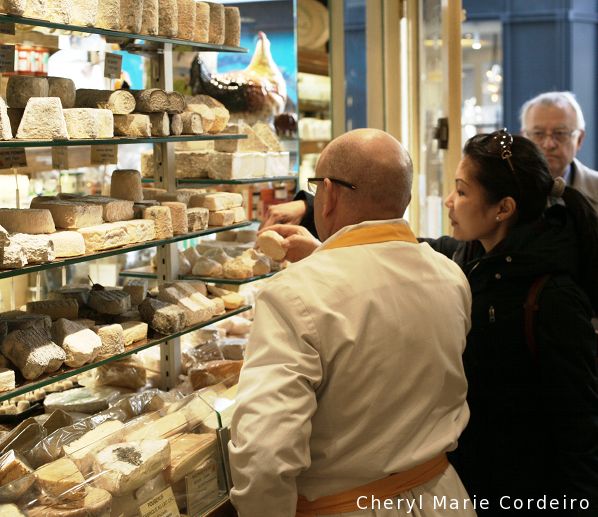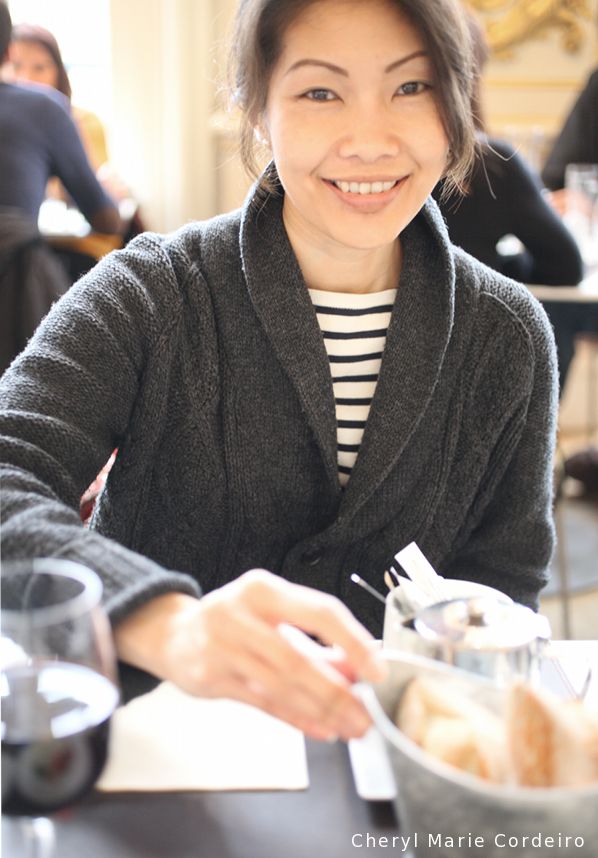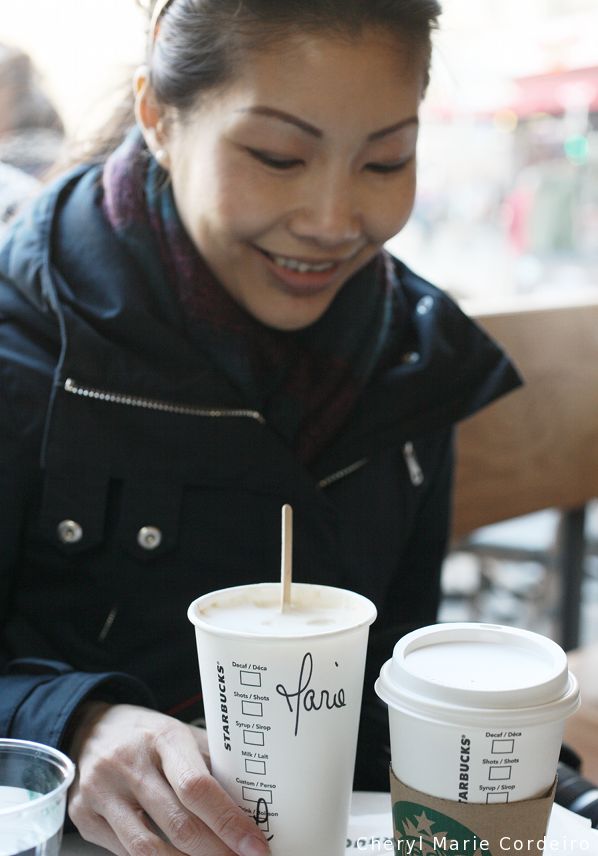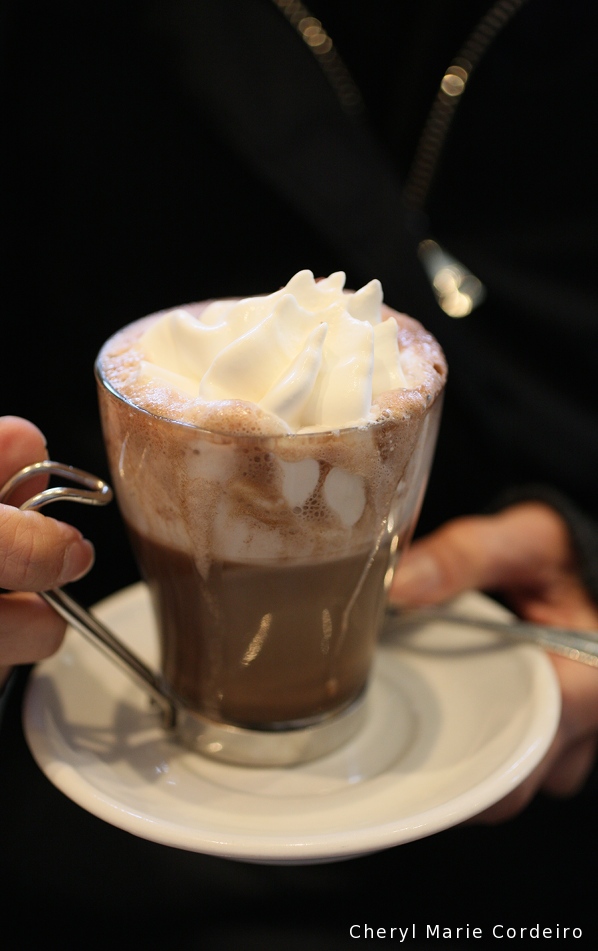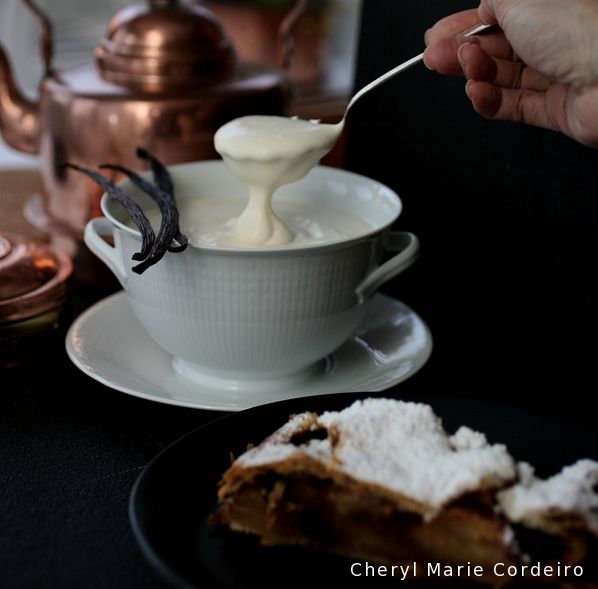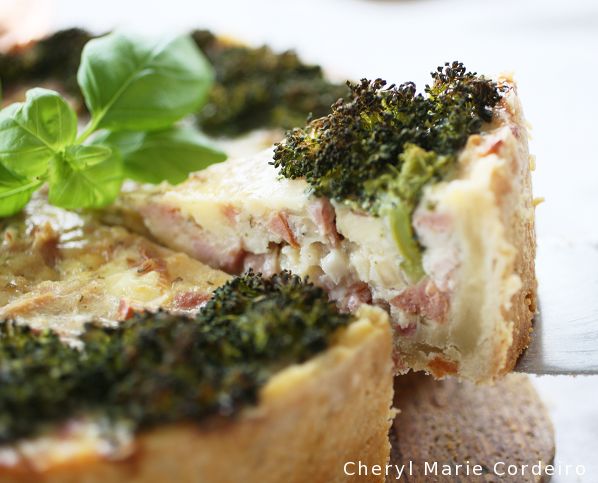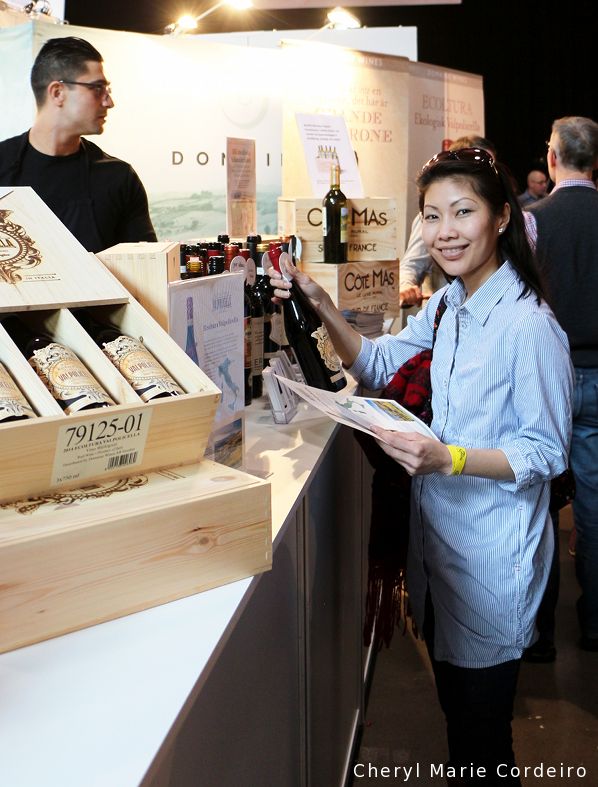East to west bound, Sweden.
Text & Photo © JE Nilsson, CM Cordeiro, Sweden 2016
“The first aspect of systems thinking concerns the relationship between the part and the whole. In the mechanistic, classical scientific paradigm it was believed that in any complex system the dynamics of the whole could be understood from the properties of the parts. Once you knew the parts, ie their fundamental properties and the mechanisms through which they interacted, you could derive, at least in principle, the dynamics of the whole. Therefore, the rule was: in order to understand any complex system, you break it up into its pieces. The pieces cannot be explained any further, except by splitting them into smaller pieces, but as far as you want to go in this procedure, you will at some stage end up with fundamental building blocks- elements, substances, particles, etc- with properties that you can no longer explain. From these fundamental building blocks with their fundamental laws of interaction you would then build up the larger whole and try to explain its dynamics in terms of the properties of its parts. This started with Democritus in ancient Greece and was the procedure formalized by Descartes Continue reading “Train of thoughts”

